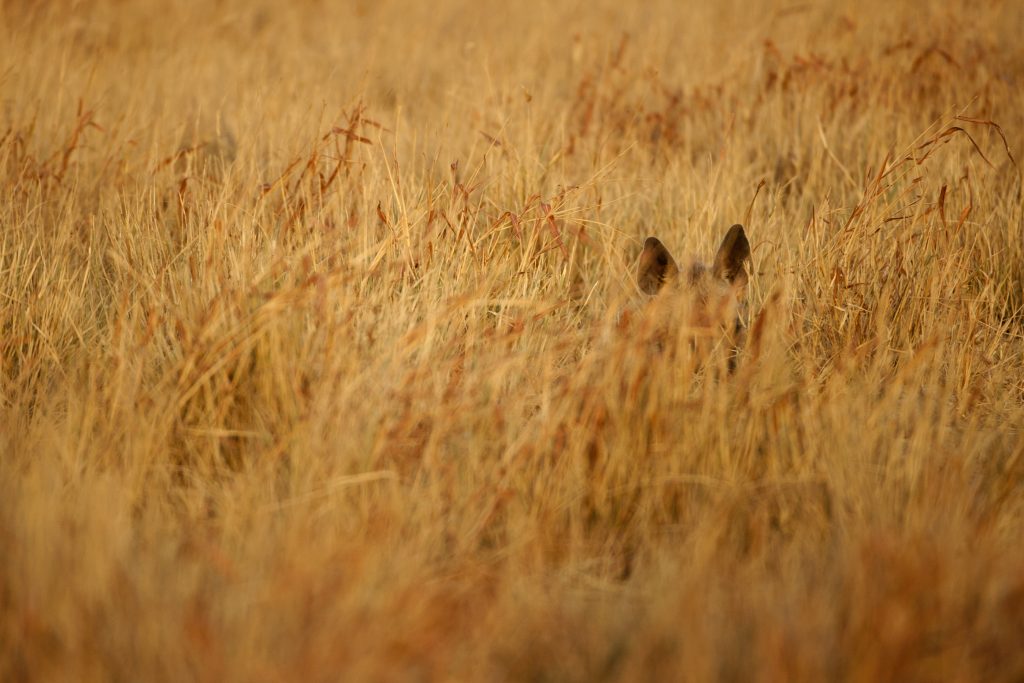
Grasslands
Principal Investigator:
Dr. Mahesh Sankaran (National Centre for Biological Sciences)
Co-Investigators:
Dr. Advait Edgaonkar (Indian Institute of Forest Management)
Dr. Amit Kotiya (University of Rajasthan)
Dr. Amit Kumar (Wildlife Institute of India)
Dr. Ashalata Devi (Tezpur University)
Dr. Bibhuti Lahkar (Aaranyak)
Dr. Jayanthi Mukherjee (Azim Premji University)
Dr. Jayashree Ratnam (National Centre for Biological Sciences)
Dr. Mansoor Shah (University of Kashmir)
Dr. Navendu Page (Wildlife Institute of India)
Dr. Perumal Ravichandran (Manonmaniam Sudaranar University)
Dr. P. V. Karunakaran (Salim Ali Centre for Ornithology and Natural History)
Dr. Sumanta Bagchi (Centre for Ecological Sciences)
Dr. Sumit Dookia (Guru Gobind Singh Indraprastha University)
Tropical grassy biomes occupy 20% of the Earth’s terrestrial surface. They are ancient ecosystems that support unique biodiversity including many endemic species. In India, they are a major source of ecosystem services for dependent human communities and support large populations of both livestock and wildlife. Unfortunately, despite their high ecological and societal relevance, grasslands have been historically neglected, frequently designated as wastelands, and have often been subjected to inconsistent policy decisions resulting in their conversion to other land uses.
Monitoring of grassland ecosystem structure and function will involve establishing permanent plots that cover the spectrum of grassland types across the country, current land use, and fire and regimes. Data on species composition, biomass, soil nutrient status, and plant functional traits will be collected annually from these permanent plots using standardized protocols. Paired experimental burning and herbivore exclusion plots will also be established to gain a better idea of the impacts of these top-down forces on grassland dynamics wherever applicable.
